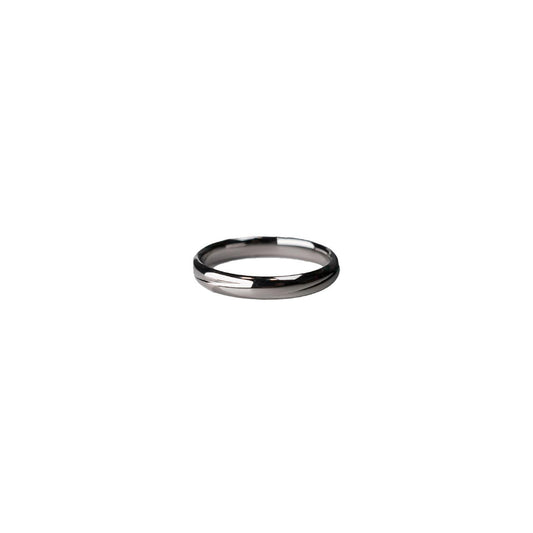Understanding Diamond Carat What It Really Means and Why It Matters
Understanding Diamond Carat What It Really Means and Why It Matters
A few years ago, my sister decided to invest in a diamond that she could pass down to future generations. We spent an entire afternoon at the jeweler's, sipping on complimentary coffee while peering into the glass cases filled with shimmering treasures. What struck me more than the sparkling stones themselves was how much there was to learn about them. I remember the moment we first heard about "carat," the so-called currency of diamonds, and how it didn’t mean what we initially thought.
When most people hear the term "carat," they instantly think about size. I handsomely admit, I was one of them. But as it turns out, carat is actually a measure of weight, not size. One carat is equivalent to 200 milligrams or 0.2 grams. Sure, a higher carat generally means a larger diamond, but the way the weight is distributed can affect how big or small the diamond appears. If you've ever wondered why two diamonds of the same carat weight can look so different, it’s because their cut and shape play a major role. An oval or marquise cut, for instance, can create an illusion of greater size compared to the traditional round cut, which tends to hide weight in the depth of the stone.
Carat weight also plays into the ever-intriguing world of pricing. A diamond's price doesn’t increase linearly with its carat weight. Instead, it tends to spike at certain "magic" points. A 0.99-carat diamond might be significantly less expensive than a 1.00-carat diamond, even though the visual difference is negligible to the naked eye. It’s this peculiar pricing quirk based on our fascination with whole numbers that can make carat an art form as much as a science.
Beyond the technicalities, there's something about diamond carat that feels, dare I say, personal. It's inherently linked to the milestones we choose to commemorate with a piece of jewelry. Whether it’s an engagement, an anniversary, or a rite of passage, the carat weight we choose becomes a part of the story. My sister eventually settled on a 1.5-carat diamond that seemed to whisper the perfect balance of elegance and understatement for her—and perhaps for her daughter one day, too.
In the end, understanding carat weight goes beyond making a financially sound decision. It's about connecting the dots between what you see, what you value, and what you dream of for the future. And if you’re ever in doubt, might I suggest spending a rainy afternoon in a cozy jewelry store, learning firsthand with nothing more than open ears and a curious heart. You might just discover that diamonds, like all great stories, have layers that are worth exploring.

























